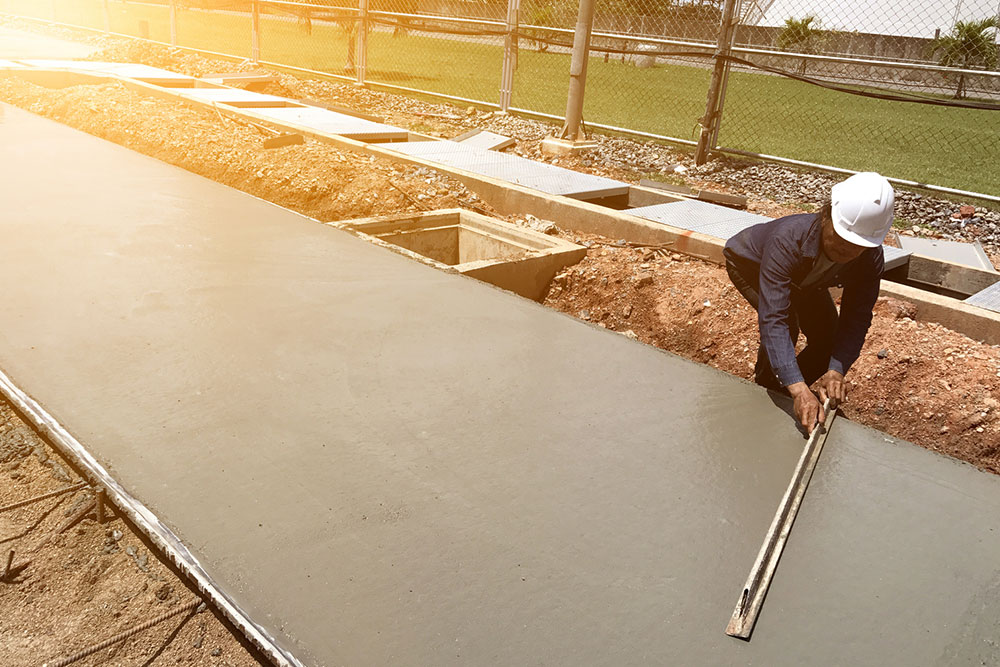7 common concrete leveling mistakes to avoid

Homeowners often pour fresh concrete into their driveways, walkways, patios, and garages to fill gaps and strengthen the concrete. But concrete leveling is more than dumping a fresh mix onto the ground. Getting the process wrong might make the surface uneven and require more money to fix. That’s why one must be careful and avoid a few common mistakes to ensure the job is done right on the first try.
Using a poor mix
When leveling foundations, driveways, floors, and load-bearing support, one must understand the amount of concrete required for the job. A thin layer might lead to issues with the concrete’s performance, causing it to collapse or crack sooner than anticipated. So, one should ensure the mix is right. A reliable way to do that is to use an online calculator. These tools determine how much concrete one must prepare for a given region.
Not preparing the surface
Not preparing the surface before laying down concrete is a common mistake to avoid. One must ensure the area is free from dust, debris, and grease. While this step may seem unnecessary, it helps the concrete sit better on the surface that needs leveling.
Forgetting to account for the weather
When applying and leveling concrete in a given location, one must always consider the weather. Forgetting to do so could drastically affect the finish. Cold or hot weather generally affects how the concrete slab sets, while rain dilutes the mixture and ruins the project. An individual should always check the weather forecast ahead of time. Having a tarp ready to cover the site during unexpected rains is also a good idea.
Overlooking finishing work
One cannot simply pour the concrete and expect it to settle evenly. It must be screeded, edged, and floated for high-quality results. Without following these steps, the concrete usually ends up rough and uneven. Air bubbles might also form in the mixture and cause the area to crack once it dries.
Assuming all types of concrete are the same
Each type of concrete mix has a specific purpose. And depending on its purpose, each mix has different ratios of dry ingredients and requires different amounts of water. So, when leveling concrete, one must buy the right type. For instance, a moist area might require a different type of mix than dryer regions.
Not contacting experts
Sometimes, it is best to leave the concrete leveling process to experts. If an individual has never undertaken this task before, they should contact a professional who could help lift the concrete slab to even the surface. Some companies offer free estimates and advice on how to proceed with the project.
Overlooking self-leveling concrete guidelines
Some homeowners opt for self-leveling concrete. While it is an easy fix, self-leveling concrete must be handled correctly to avoid a mess. A common mistake is using warm water with the mix. Warm water causes this type of concrete to set up too quickly, resulting in bubbles. The concrete might also be too soft, or the subflooring might not be properly lifted, causing the concrete to slope. One should ensure they follow the instruction labels of each self-leveling concrete brand for the best results.